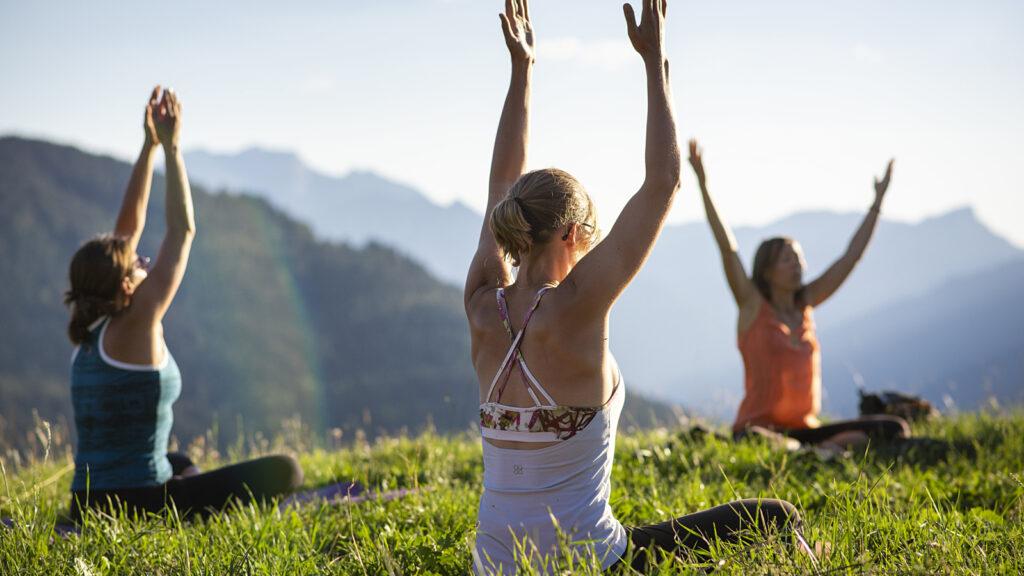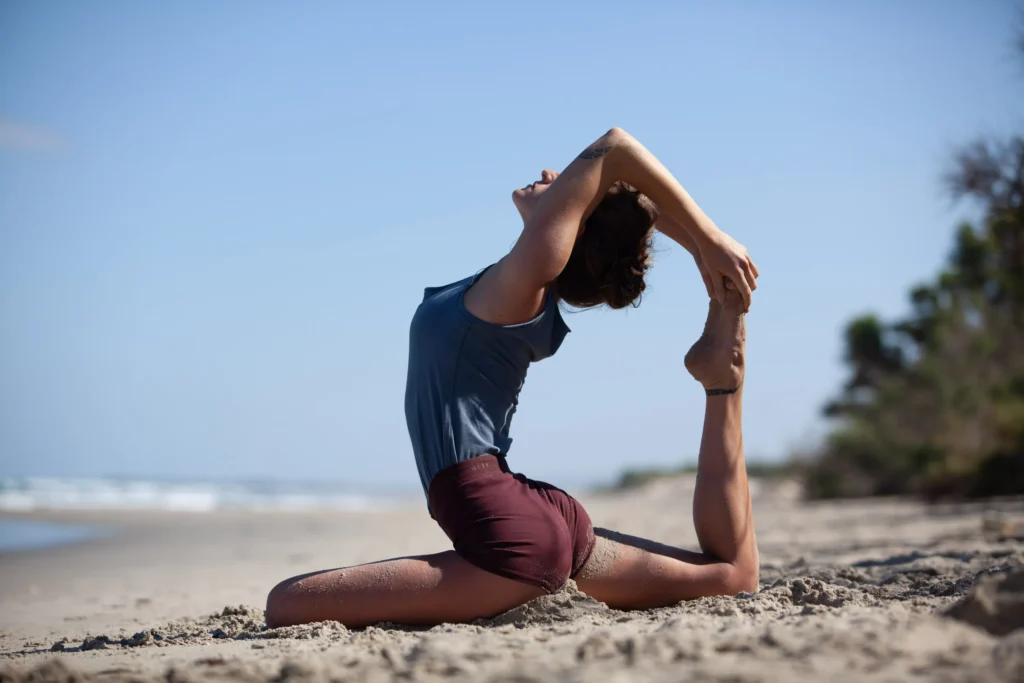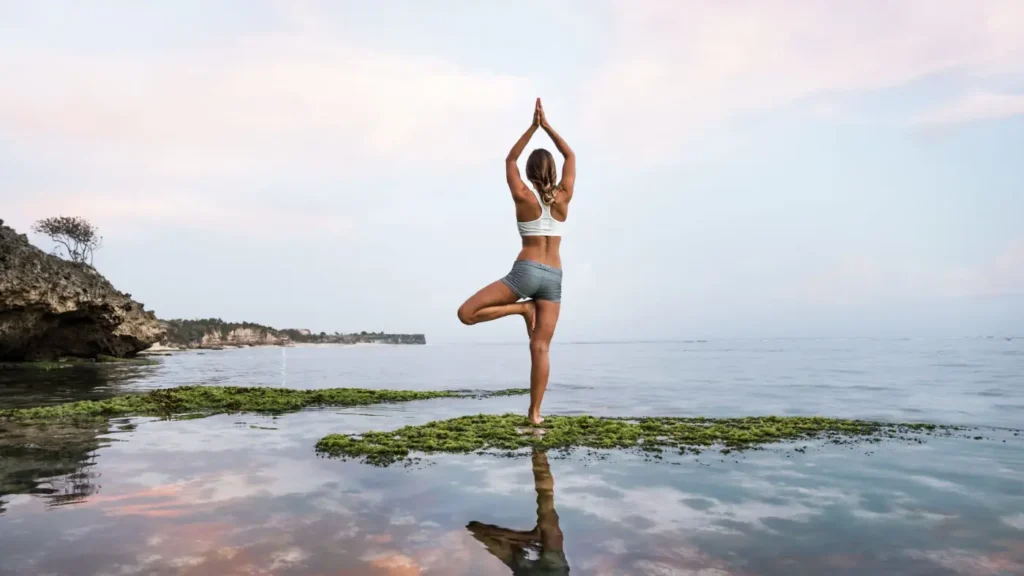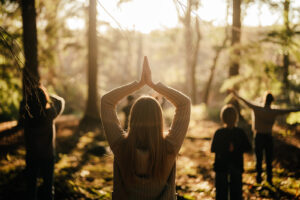For most of our 200,000-year existence, modern humans lived as nomadic hunters and gatherers, fully immersed in nature. We evolved in tandem with the natural world, adapting to its rhythms and drawing strength from it. Spending time in nature—even through a simple walk in a meadow, a forest hike, or a kayak ride on a lake—helps us reconnect with our innate connection to the earth, recharging our senses and grounding us in the present moment.
Recent research points to the rise of what author Richard Louv calls “nature deficit disorder,” a phenomenon where modern life, disconnected from the natural world, leads to symptoms such as depression, stress, insomnia, and even attention deficit disorders. Japan recognized this early on, and in the 1980s, they developed a therapeutic practice called shinrin-yoku, or “forest bathing.” This practice, which involves immersing oneself in nature, especially in forests, has been shown to have lasting benefits, reducing stress, lowering blood pressure, and boosting immune function through the release of phytoncides—naturally occurring chemicals in trees. Studies show these benefits can last up to a month after a single two-hour forest bath.
At Kripalu, nestled in a forest abundant with white pine and hemlock, we are fortunate to experience these benefits firsthand. Nature isn’t just an aesthetic backdrop for our programs; it plays an active role in our healing. The serene surroundings enhance our yoga practice, encouraging a deep connection to the earth and the present moment. Whether walking through the woods or drifting on Lake Mahkeenac’s shores, we absorb the phytoncide-rich air, which helps to reduce stress and promote well-being.

In our outdoor yoga programs, we blend yoga with nature in ways that dissolve the boundaries between the two. Picture yourself walking along a wooded trail, pausing beneath towering hemlocks to practice poses like Balancing Half Moon or Tree Pose. As you open your chest and intercostal muscles, you increase lung capacity, allowing you to breathe in the healing air around you. It’s a physical practice that connects deeply with nature’s rhythm, fostering both mental and physical balance.
In addition to traditional poses, we practice Sun Breaths or floating meditation on kayaks, gliding across the lake as the breeze carries us. This combination of movement and stillness, grounded in nature, helps us cultivate a sense of peace and awareness. Being in nature naturally decreases mental disturbances, allowing us to expand our sphere of awareness and reconnect with the natural world, as well as our own true selves.

Transitioning from an indoor yoga studio to a kayak or paddleboard introduces an element of playfulness that many of us lose touch with in adulthood. Play, an essential human quality, has been shown to relieve stress, ignite creativity, and foster empathy. By rediscovering joy and spontaneity in nature, we unlock new pathways for emotional and mental well-being.
As we embrace yoga in outdoor settings, it becomes clear how easily the practice can flow with the environment. Nature provides the perfect canvas for the mindful movements of yoga, and practicing outdoors reminds us of our deep, timeless connection to the earth. This integration of nature and yoga enriches our practice and our lives, allowing us to carry the peace and balance of the natural world into every aspect of our being.
Ultimately, practicing yoga in nature serves as a powerful reminder of our roots. It reignites a relationship with the earth that has long been a part of who we are, allowing us to experience life through a more grounded, mindful lens. By engaging with the elements of nature—sunshine, wind, water, and earth—we nurture both body and soul, fostering well-being in ways that transcend the physical.
Source: https://kripalu.org/resources/sunshine-wind-water-earth-benefits-practicing-yoga-nature





